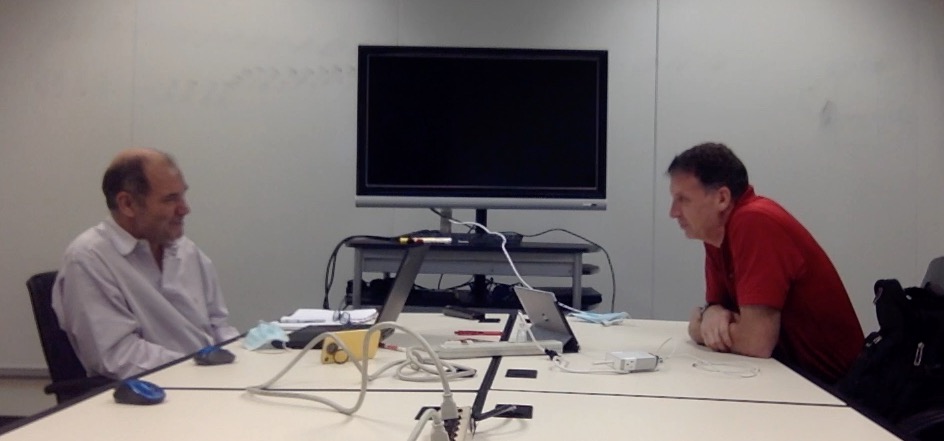This week’s episode likens our powerful financial systems to the powerful locomotives of the early 20th Century.
Powerful Railroad Engines
In my semi-biographical textbook “Balancing Act: A Practical Approach to Business Event Based Insights” I described the powerful railroad engine pictured in the video:
“When I was living in Sacramento a couple of times during lunch I went over to the California State Railroad Museum near the office. The last exhibit is one of the largest steam engines ever built. It was a cab forward Southern Pacific engine 4294 built in the late 1800’s. It was built to haul the trains over the incredibly steep Sierra Nevada mountains on the cross-continent journey. The cab forward design was created because it passed through very long wooden snow sheds, more like tunnels, built to keep the snow off the tracks. With the cab at the back of the engine, the smoke and ash from the boiler would fill the cab and nearly choke the engineers. The solution was to put the cab on the front of the engine, which must have given the engineers very dramatic views through the mountains.
“It is a massive engine, and for its time was the height of complexity and power. As I sat and looked at it, I would think of those engineers, with their hands on the controls and the wind rushing through their hair as they controlled this combination of thousands of parts all working in harmony in rapid succession hour after hour after hour.”
Powerful Financial Engines
Our financial systems were some of the first systems automated, and the attention that was given to doing so, and the relentless focus on consistency and reliability make them in some respects wonders to behold. Many of these systems run on mainframes, and this description from Wikipedia gives a sense of some of the amazing characteristics of these systems:
Modern mainframe design is characterized less by raw computational speed and more by:
- Redundant internal engineering resulting in high reliability and security
- Extensive input-output (“I/O”) facilities with the ability to offload to separate engines
- Strict backward compatibility with older software
- High hardware and computational utilization rates through virtualization to support massive throughput.
- Hot-swapping of hardware, such as processors and memory.
Their high stability and reliability enable these machines to run uninterrupted for very long periods of time, with mean time between failures (MTBF) measured in decades.
Mainframes have high availability, one of the primary reasons for their longevity, since they are typically used in applications where downtime would be costly or catastrophic. The term reliability, availability and serviceability (RAS) is a defining characteristic of mainframe computers. Proper planning and implementation are required to realize these features. In addition, mainframes are more secure than other computer types.
Wikipedia sv: Mainframe computer
I like to think that the engineers of these financial systems feel the same sort of pride the railroad engineers felt as they moved the most powerful railroad engines ever built over the mountains east of California on their cross country journeys.
You might watch some historical computer videos at the Computer History Archives Project (“CHAP”) Vintage Computing Films & Video Presentations or on my YouTube Channel at Financial System Historical Videos.
This is Episode 226 of Conversations with Kip, the best financial system vlog there is. Literally learn more about ledgers and financial systems at LedgerLearning.com.
Watch all episodes in order at the Conversations with Kip Playlist





Leave a Reply